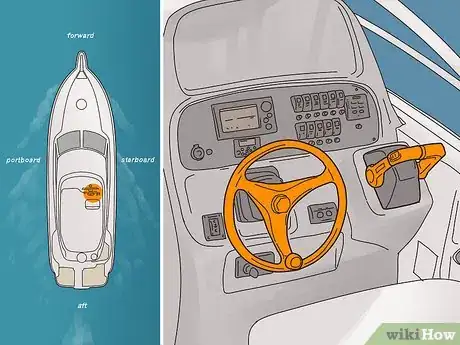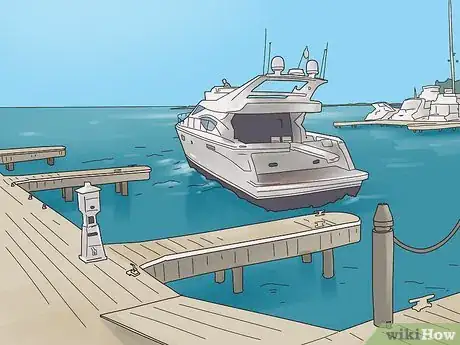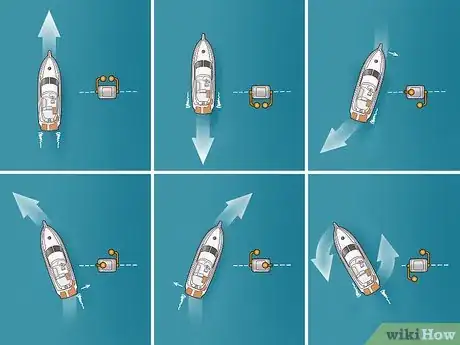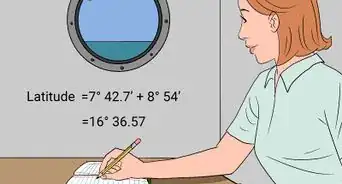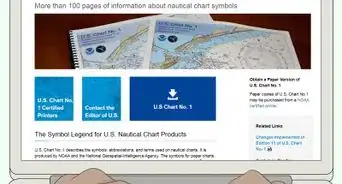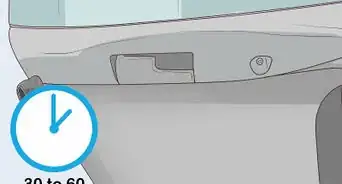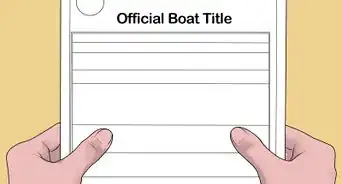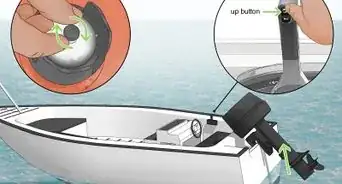X
wikiHow is a “wiki,” similar to Wikipedia, which means that many of our articles are co-written by multiple authors. To create this article, 19 people, some anonymous, worked to edit and improve it over time.
This article has been viewed 47,226 times.
Learn more...
Have you wondered how to solo drive a 100 foot (30.5 m) power yacht? If you don't know, then this guide will get you started in driving your new power (engine driven) yacht away from the dock, around the harbor, and returning it to the dock safely.
Steps
-
1Understand the basics about yachts. Before you actually attempt to drive the yacht, sit in the cabin a few days and practice operating the marine radio and other communications and safety equipment.
- Learn the proper radio frequencies for emergencies:
- The International Distress frequency is 156.80Mhz
- Coast Guard and Harbor Patrol 157.10Mhz
- Ship to ship (calling frequency) 156.45Mhz
- Ship to shore 156.70Mhz
- Marine Operator (to make a phone call) 157.20Mhz.
- These are just a few channels.— Check your area for the preferred channels in use. Your VHF radio has a range of more than 30 miles (48 km) and a cell phone won't help much at sea.
- Apply to the FCC (Federal Communications Commission) for your operator's license, so you can operate the radios legally.
- If you have more interest in ship radio try this, the website for the Commercial Radio Operator License Program. Read about who needs what kind of license, and find information on obtaining the licenses.
- Anyone who operates a boat needs to receive their "Boating Safety I.D. Card and Certificate." This can be done by taking a class from the U.S. Coastguard's list of safety courses and passing the final exam.
- Learn the proper radio frequencies for emergencies:
-
2Learn the yacht steering controls. Most will have a steering wheel and two throttles. These controls are required for sufficient steering of the boat. The steering wheel will not do a good job of steering at slow speeds in a tight harbor. The engines do most of the steering at slow speeds. The engines alone can steer your boat. For example, to make a right turn around in a tight area, advance the left throttle slowly while retarding the right throttle the same amount. This is called differential steering. If you do this properly you will make the turn without ever moving the boat forward or backward. Of course you will have to practice this for a long time to perfect it.
- In a car, you can idle the engine and hold the brake to stop. In a boat, you are always at the mercy of the wind and tide. The only way to hold your position is with differential steering with the engines at all times.
- Don't say left or right in a boat. The terms for the four directions are port, starboard, forward and aft.
Advertisement -
3Leave the dock. Think about your limits and don’t try to drive away in a yacht without the required crew members. Depending on the size of the yacht, it may require no crew members or several crew members. A 100 foot (30.5 m) yacht can be driven alone with the help of a dock hand to untie the yacht from the dock and also help when you return to the dock.
-
4Learn about cruising. When you think you can control the boat, try cruising in a straight line.
- Use partial throttle, equally on both engines, to cruise forward in a straight line.
- Use the steering wheel while cruising for directional control.
- If something gets in your way just reduce the throttles to slow down.
- If you need to stop quicker, reverse both engines equally just enough to stop forward motion. This is where you may need to go to differential engines to hold position.
-
5Return to the dock. Docking is the most difficult to master, and the most dangerous. A lot of damage will result if you do this wrong. Try to practice docking in a calm wind first. If you're docking on the port side, try using the starboard engine forward and aft and repeat this maneuver. The boat should ease to port side slowly. This is where you really need a dock crew, especially in a little wind. Some yachts have side thrusters to help move the boat sideways. This will make docking a lot smoother.
Advertisement
Community Q&A
-
QuestionWhat would require me to get a Commercial Radio Operator License?
 DanoyachtcaptTop AnswererYou will require a Commercial Radio Operator's License when your vessel for hire has more than 6 passengers.
DanoyachtcaptTop AnswererYou will require a Commercial Radio Operator's License when your vessel for hire has more than 6 passengers.
Advertisement
About This Article
Advertisement

